Monday, 24 March 2014 saw the last operational mission for the RAF’s TriStar and 216 Squadron, as both complete their RAF service. Gordon Jones reports for GAR.
The TriStar began operations with the RAF in 1983 after six Lockheed L-1011 TriStar 500s purchased from British Airways had been converted to a tanker by Marhsall Aerospace. The modifications for the K1 standard included additional fuel tanks being fitted in the forward and rear baggage holds, and a pair of refuelling hoses being fitted to the underside of the rear of the aircraft providing a single redundant refuelling point and a CCTV system to allow the flight engineer to monitor the refuelling. Four of the aircraft were converted to a KC1 standard which allowed the aircraft to handle cargo via a cargo door and a pallet handling system. Both types could also carry passengers.

© Gordon Jones – globalaviationresource.com
The fleet was further expanded in 1984 with three more aircraft being purchased from PanAm, although these aircraft didn’t undergo the tanker conversation and were used only in the transport role.
On Monday, 24 March 2014 the final operational mission was flown by the RAF. Departing as FAGIN 11 (ZD948) and FAGIN 12 (ZD950) the two TriStars headed to Air to Air Refuelling Area 8 (AARA 8) where FAGIN 11 provided fuel to four Typhoons and a single Tornado as part of currency training for the fast jet crews for the last time. After completing the air to air refuelling, FAGIN 11 then split from FAGIN 12, which returned to base, and carried out a flypast at Cambridge for Marshall Aerospace and Hurn for Cobham Plc who provided the air refuelling sytem before returning to RAF Brize Norton.

© Gordon Jones – globalaviationresource.com
The four remaining TriStars at RAF Brize Norton are due to be flown once more. They will be flown to Bruntingthorpe for disposal by GJD Services, who were responsible for the previous disposal of the Vickers VC10 from 10 Squadron. Cold War Jets, also based at Bruntingthorpe, hope to acquire a TriStar from GJD to keep in taxiable condition.
The day also marked the end for 216 Squadron after 96 years of service. Starting its life as ‘A’ Squadron, Royal Naval Air Service, it then became 16 Squadron, RNAS, on 8 January 1918. With the formation of the RAF from the Royal Flying Corps and the RNAS on 1 April 1918 to resolve the problem of duplicate squadron numbers from the two air arms, all the RNAS squadrons were prefixed with a ‘2’ and became what is referred to as the 200 series squadrons. To this day, 216 Squadron is pronounced two-sixteen squadron as a reference to this.

© Gordon Jones – globalaviationresource.com
216 Sqn have flown a variety of transport types through its history, including the first jet transport for the RAF, the Comet, as well as a year flying the Buccaneer between 1979 and 1980. In 1984, the squadron stood up at RAF Brize Norton with the TriStar providing the airbridge to the Falklands with three flights a week, as well as providing air to air refuelling to meet the needs of UK training, Quick Reaction Alert, trials and to support operational deployments, starting with Op Granby in 1990 and more recently Afghanistan. 216 Sqn and the TriStar completed 1,642 flights to Afghanistan, transporting a quarter of a million passengers and clocking up enough miles to fly around the world 462 times. This has seen the fleet leader (ZE704) reach 58,000 flight hours.
In 2007 the squadron started the charity ‘Beer for the boys’ with the aim to provide each person returning from Afghanistan with a cold beer on the flight home. The charity has given out 187,000 cans of beer and raised £116,000, which has both been used to fund the beer and the excess used to pay for homecoming events and to provide drinks at repatriation events. 10 Squadron will be carrying on the good work ‘Beer for the boys’ has done with the Voyager as it takes over from the TriStar.

© Gordon Jones – globalaviationresource.com
GAR would like to thank the Media Ops team at RAF Brize Norton and 216 Squadron for their assistance in producing this article.

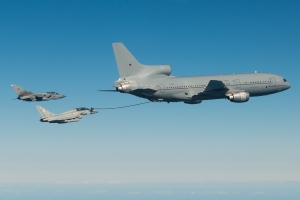
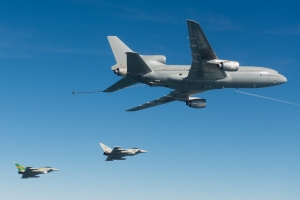
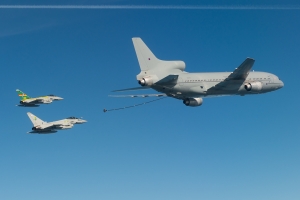
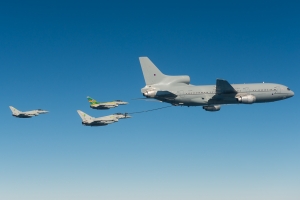




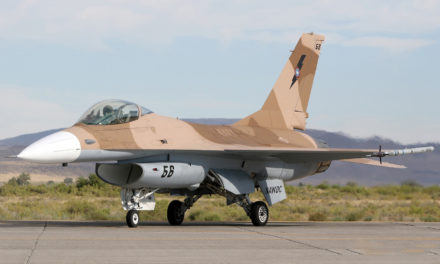
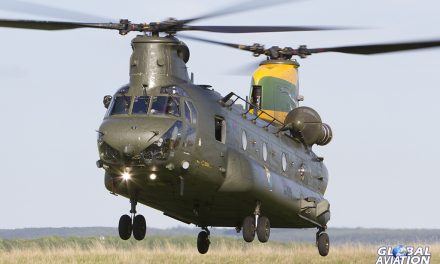
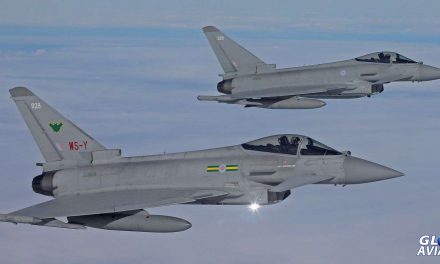
I really enjoyed the quality information you offer to your visitors from this blog. Thanks for sharing such an informative post with us…